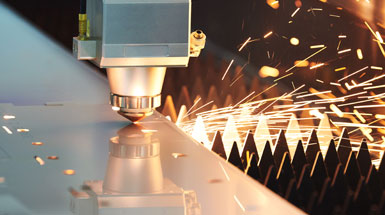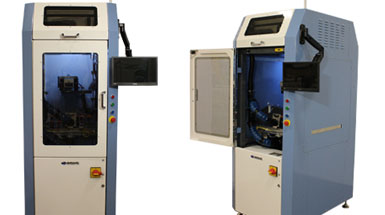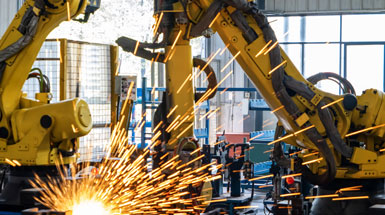2D & 3D Laser Scanning & Inspection
There are multiple ways to scan and inspect products. Laser scanning and inspection are by far the most popular and the most common. It provides the fastest, most accurate, and most cost-effective data acquisition solution. Laser inspection is frequently used in automation to ensure quality control by measuring and verifying dimensions, detect flaws and defects, detect correct assembly, and identifying target surface variations.
2D laser inspection and scanners should be used for applications such as steel and aluminum production, automotive, aerospace, electronics, robotics, and welding. 2D inspection scanners offer a large range of case sizes, measuring ranges, and accessory options to be used in a wide variety of measurement applications. However, 2D laser inspection is limited in its ability to achieve 100% quality control. For example, 2D sensors do not support measurement related to 3D shapes.
3D Laser profilers generate surface maps by stacking individual profiles into a continuous image. This is how 3D lasers can support and measure 3D shapes. 3D laser inspection and scanning have the ability to measure critical features such as object flatness, surface angles, or part volumes (2D cannot). If your organization needs to inspect every aspect of your part, product, or “target”, 3D laser inspection would be the best application. When 3D laser scanning and inspection is used to generate the product profile, it provides critical information for determining if the product meets quality tolerances for surface quality, assembly, fit and finish. Lastly, if you need to use robotic laser scanning and inspection, you will need to use a 3D laser inspection and scanning application since robotics work in a three-dimensional world.


